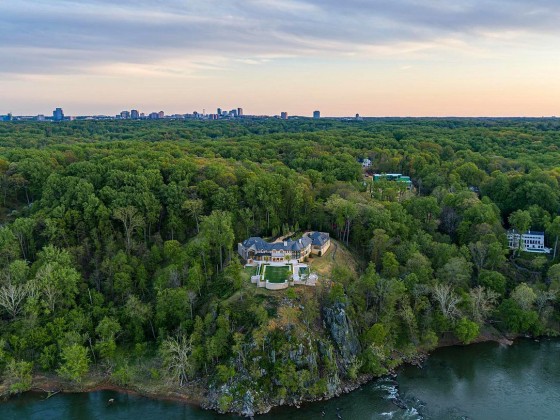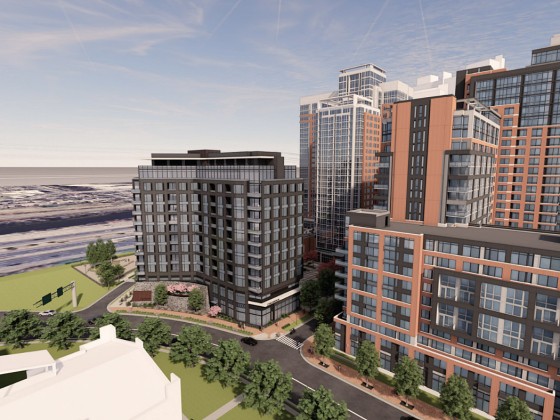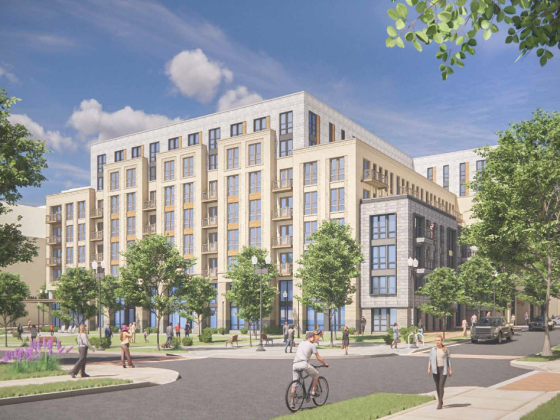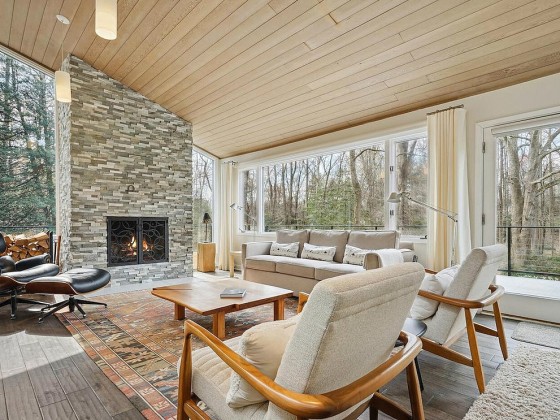 Montgomery County Conducts Study to Address Missing Middle Housing
Montgomery County Conducts Study to Address Missing Middle Housing
✉️ Want to forward this article? Click here.
The District is filled with examples of "Missing Middle Housing" (MMH), the variety of housing between single-family detached homes and mid-rise multi-family buildings. Now, Montgomery County is investigating how it can integrate MMH into its existing fabric.
In anticipation of the county's population increasing by 87,000 households in the next 20-30 years, the Montgomery County Planning Department released a study last week in hopes of determining the feasibility and next steps of filling this gap in the county's housing stock. In order to furnish the study, the Planning Department convened focus groups of real estate industry experts, conducted analysis of the county's zoning, and did a case study of a potential MMH redevelopment in Forest Glen.
The study highlights examples of missing middle housing in the county, like six-unit buildings in Takoma Park and "twelve-plexes" and courtyard apartments in King Farm (Rockville); however, it finds that many townhomes being built in the area are larger than 2,500 square feet, too large to qualify as MMH. The focus groups for the study concluded that MMH doesn't get constructed in the county because these housing types are as risky for builders as high-density development yet have a lower return on investment.
story continues below
loading...story continues above
Planning staff also identified several challenges to adding MMH. One of those challenges is that the county's zoning lacks incremental density categories, particularly in residential zones where greater density is illegal. Consequently, trying to shoehorn MMH into existing zoning schema can be lengthy and complicated. "This process can take anywhere from six to 18 months and cost between 15 percent and 25 percent of total project costs," the study states.
Overall, the recommendations that came out of the study largely centered around zoning. Adding more townhouse zones in the county's R60-R90 single-family areas would make it easier to approve MMH. Planning staff also recommend that MMH be introduced near public transit and along busy corridors as a transition from neighborhoods into denser developments and more heavily trafficked streets, perhaps by way of an MMH overlay zone. Zoning should also be relaxed to allow duplexes and accessory dwellings in detached single-family neighborhoods.
After presenting the study to the Planning Board last week, the Planning Department expects to use the upcoming master plan processes for Forest Glen and Viers Mill as opportunities to test out means of encouraging MMH creation. The county may also explore the idea of financial incentives for MMH and/or release a request for proposals on county-owned land to solicit an MMH development as a pilot project.
See other articles related to: missing middle, missing middle housing, montgomery county, montgomery county planning board, zoning
This article originally published at http://dc.urbanturf.production.logicbrush.com/articles/blog/montgomery-county-considers-missing-middle-housing/14480.
Most Popular... This Week • Last 30 Days • Ever

A look at the closing costs that homebuyers pay at the closing table.... read »

3331 N Street NW sold in an off-market transaction on Thursday for nearly $12 million... read »

In this article, UrbanTurf will explore the considerations and steps involved in buyi... read »

The most expensive home to sell in the DC region in years closed on Halloween for an ... read »

Paradigm Development Company has plans in the works to build a 12-story, 110-unit con... read »
DC Real Estate Guides
Short guides to navigating the DC-area real estate market
We've collected all our helpful guides for buying, selling and renting in and around Washington, DC in one place. Start browsing below!
First-Timer Primers
Intro guides for first-time home buyers
Unique Spaces
Awesome and unusual real estate from across the DC Metro














